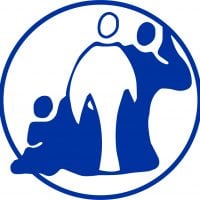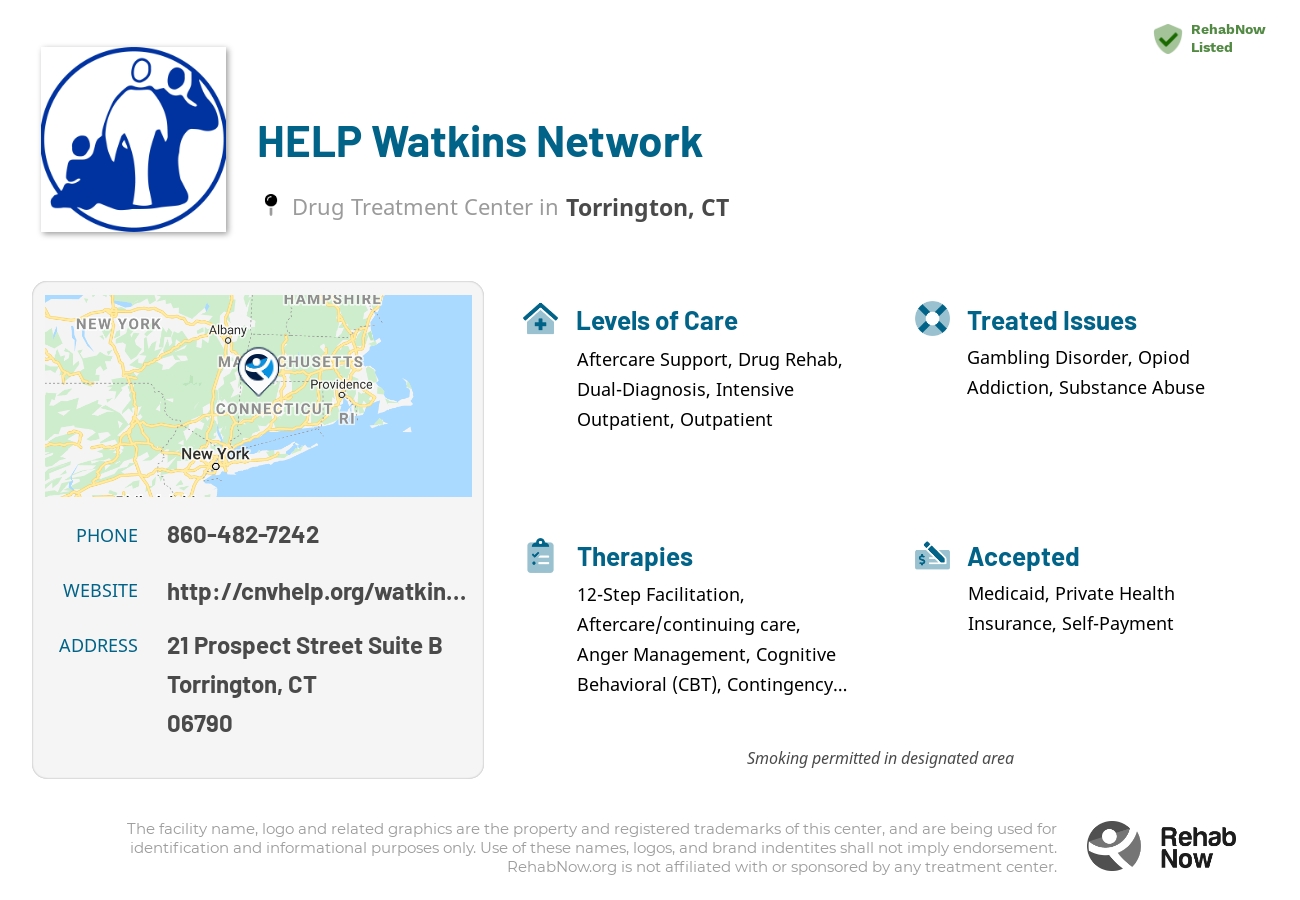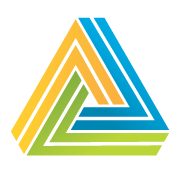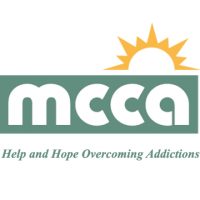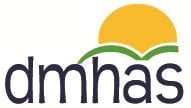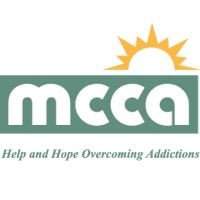HELP Watkins Network
Drug Rehab Center in Torrington, Connecticut
The Watkins Network is a Connecticut-based addiction treatment center that has been helping people get sober for over 40 years, offering a range of care from outpatient to intensive inpatient, as well as post-treatment recovery support and insurance acceptance.
About This Torrington, CT Facility
HELP Watkins Network is an Addiction Treatment Facility located in Torrington, CT. Since its establishment in 1970, the center has been dedicated to providing comprehensive care for individuals struggling with opioid addiction, substance abuse, dual diagnosis, and drug addiction. HELP Watkins Network accepts private health insurance and caters to individuals in need of aftercare support, drug rehab, dual-diagnosis treatment, intensive outpatient programs (IOP), and various levels of outpatient care.
The facility offers a range of treatment methods and services tailored to meet the specific needs of each client. With an emphasis on personalized care, HELP Watkins Network employs evidence-based approaches to address addiction and substance abuse issues. From behavioral therapies and counseling sessions, both individual and group-based, to medical interventions such as medication-assisted treatment for opioid addiction, the facility follows a comprehensive approach in helping individuals achieve sustainable recovery. The dedicated team at HELP Watkins Network understands the complex nature of addiction and works tirelessly to provide a supportive environment for individuals seeking treatment.
Genders
Ages
Modality
Additional
Conditions and Issues Treated
Substance abuse is the excessive use of any type of drug. This includes alcohol, medications and illegal drugs. Substance abuse is treated with a combination of physical and mental treatments. HELP Watkins Network patients detox and follow up with therapies that target the underlying cause of the addiction.
Opioid addiction is one of Connecticut‘s most prominent forms of addiction. Drugs, including heroin, oxycontin, and fentanyl, are the most common. To relieve pain, or ease other ailments, they are professionally prescribed, but they are often abused because they and the feelings they give are addictive.
Addiction is treated by detoxifying the body, so the medications’ chemicals are no longer impacting the individual. HELP Watkins Network offers therapies to correct behavior and target the root of the problem are supplemented during and throughout treatment.
Some of the most common co-occurring disorders are schizophrenia, depression, and bipolar disorder. Most rehab facilities in Torrington, CT like HELP Watkins Network provide patients with a dual diagnosis. Dual diagnosis gives rehab the means to treat addiction while restoring mental and emotional health.
Levels of Care Offered
This center offers a variety of custom treatment tailored to individual recovery. Currently available are Aftercare Support, Drug Rehab, Dual-Diagnosis, Intensive Outpatient, Outpatient, with additional therapies available as listed below.
Intensive outpatient programs mostly conduct meetings on weekdays. Group therapy is the main element in most intensive outpatient programs. Most IOPs last for about 90 days and include drug use monitoring and testing. A Connecticut IOP, like what’s offerd at HELP Watkins Network, take much more time than a standard outpatient program. Some programs offer other services as well, such as employment assistance and medication management.
Outpatient rehabilitation is a treatment that exists if a patient is not checking into HELP Watkins Network long term. In addition to helping them recover, the patient attends regular therapy sessions and detox and participates in other therapies. However, this is all primarily done from home. As a follow-up to inpatient treatment, outpatient treatment is usually recommended.
After rehabilitation, it helps people return to their everyday lives. It may also be an alternative to inpatient care in some situations. If they cannot leave their jobs, children, or don’t have the money for inpatient care, people can choose this method. Inpatient therapy, however, is the best method and most suggested level of treatment offered by HELP Watkins Network in recovering from addiction.
HELP Watkins Network‘s Therapies & Programs
Group Therapy is a type of counseling that occurs between a bunch of strangers. These groups are suitable for patients who are not confined in a treatment facility, but group sessions are also common in inpatient rehab programs. Group therapy is led by a trained individual at HELP Watkins Network in Torrington, CT and consists of members from different stages of recovery.
The goal of group therapy sessions is to foster hope and a sense of belonging, share information, and learn coping mechanisms. It also helps to have people who can relate to what you’re going through. Good behaviors can also be contagious, and participants can learn from one another.
Unresolved trauma is often a key reason why many patients resorted to substance abuse. Trauma could be physical abuse, sexual abuse, war, natural disasters, divorce, accident, loss of a loved one, etc. If trauma is the primary cause of substance abuse, then both issues must be addressed.
Cognitive Behavioral Therapy (CBT) is an approach and method in psychotherapy. HELP Watkins Network asks people to investigate how their thoughts, including habitual, negative, and inaccurate ways of thinking affect behaviors. CBT is based on the idea that rigid, inflexible ways of thinking cause people to have a limited ability to cope with stress
Rational Emotional Behavior Therapy (REBT) is a method of specific counseling that replaces negative and self-limiting thoughts with positive and productive behaviors. Self-defeating thoughts and habits can limit your possible successes. Some examples of this are procrastination, unhealthy eating and angry outbursts. You may not be aware that some unhealthy behaviors and thoughts are sabotaging your potential accomplishments.
The 12-step program is a part of substance abuse treatment offered at HELP Watkins Network. It was initially developed by the founders of Alcoholics anonymous. The program provides the benefit of cognitive restructuring. It refers to the process of change in the negative thoughts that leads to long-term benefits.
Some people refer to contingency management, or CM, as motivational incentives. This type of therapy is a reconditioning of the mind and responses of the body. The point of CM is to help the body understand the proper responses to behaviors should be, as well as the effects that come with both problematic and desired behaviors. The more positive choices a person makes, the more incentives they will receive, all managed with sobriety goals by HELP Watkins Network in Torrington, CT.
Payment Options Accepted
For specific insurance or payment methods please contact us.
Is your insurance accepted?
Ask an expert, call (888) 674-0062
Additional Details
Specifics, location, and helpful extra information.
Torrington, Connecticut 6790 Phone Number(860) 482-7242 Meta DetailsUpdated November 25, 2023
Staff Verified
What else do people call HELP Watkins Network?
People have occasionally also searched for “Watkins Network in Connecticut”
Patient Reviews
There are no reviews yet. Be the first one to write one.
Torrington, Connecticut Addiction Information
Connecticut has a higher rate of substance abuse and addiction than the national average. The state ranks in the top 10 in the country for illicit drug dependence among those ages 18 to 25. In 2010, there were 9,211 people admitted to an alcohol treatment facility for alcohol abuse combined with a secondary drug. Connecticut ranked fifth in the United States of America for the number of fatalities involving drunk driving in 2014.
About 8% of Torrington residents reported using illicit drugs in the past month. Most commonly abused drugs in Torrington include marijuana, cocaine, heroin, and prescription opioids. The abuse of these substances often leads to addictions and substance use disorders. Drug rehab centers can provide the necessary treatment and support to help individuals struggling with addiction get sober.
Treatment in Nearby Cities
- Durham, CT (31.7 mi.)
- Avon, CT (15.2 mi.)
- Branford, CT (39.3 mi.)
- New Milford, CT (21.2 mi.)
- Norwich, CT (57.4 mi.)
Centers near HELP Watkins Network
The facility name, logo and brand are the property and registered trademarks of HELP Watkins Network, and are being used for identification and informational purposes only. Use of these names, logos and brands shall not imply endorsement. RehabNow.org is not affiliated with or sponsored by HELP Watkins Network.
